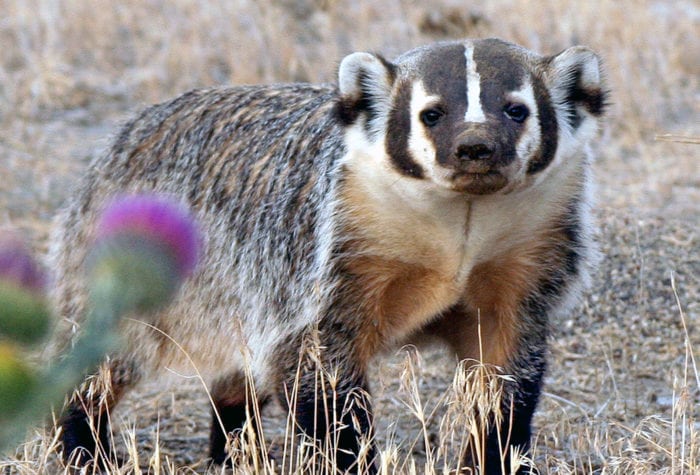Many perennial herbs and forbs are “greening up” at this point, providing welcome tender, green, and highly nutritious forage. Meanwhile the fruits that have overwintered on their stems are continuing to serve as a valuable food source for birds and other wildlife, notably rose hips (Rosa gymnocarpa), netleaf hackberry (Celtis reticulata), snowberry (Symphoricarpos albus), and western juniper (Juniperus occidentalis).
In the hills, canyons, and across the flats of Central Oregon’s basalt canyons, sagebrush buttercup (Ranunculus glaberrimus), are one of the earliest, if not the first, wildflowers to bloom. Other wildflowers to expect in early March include the yellow bell lily (Fritillaria pudica), which changes from bright lemon yellow to sunset orange as the flower matures, Gray’s desert parsley (Lomatium grayi), which smells like a slightly rank parsley and interestingly has leaves and flowers that both continue to grow taller and wider as the plants mature. Also in bloom in the sunnier spots is the always gorgeous, tiny Hood’s phlox (Phlox hoodii), which grows quite low to the ground and is covered in minute, sharp, gray hairy leaves that make it look like a pincushion. Wooly pod milkvetch (Astragalus purshii), begins to show its gorgeous purple pea-like blooms and softly hairy and silvery leaves underfoot in the sage lands.
Bluebirds are actively surveying for nest sites, perhaps checking out last year’s nests and inspecting new discoveries. Snowmelt is swelling streams, mud holes, springs and seeps, thus attracting wildlife. Pollinators, especially the native bees and bumblebees, begin to hatch out and can be found working the blooms as soon as the day becomes warm enough.


